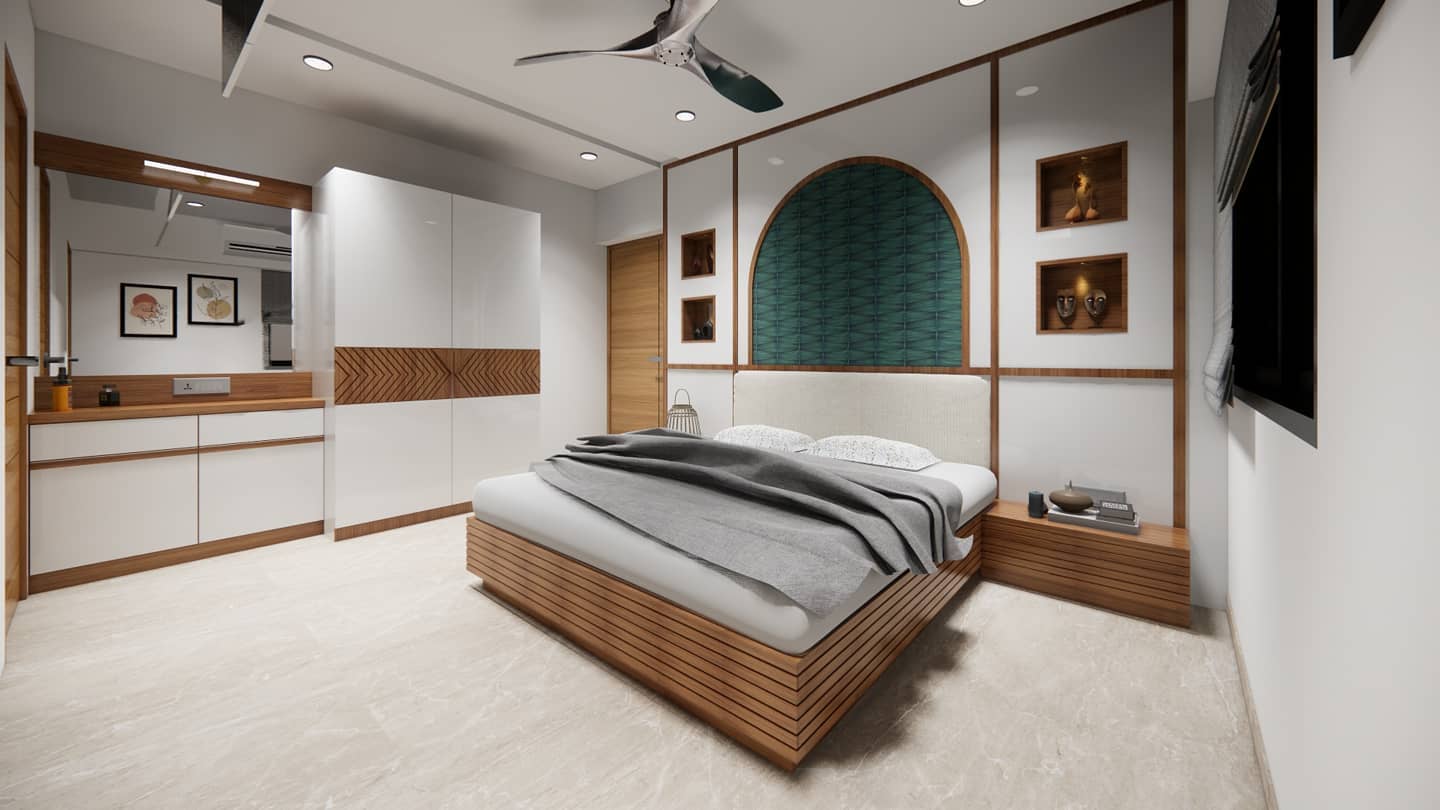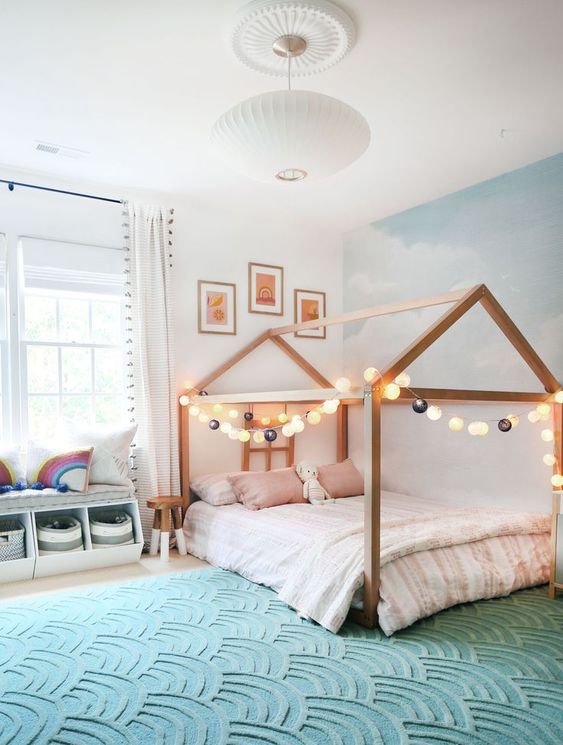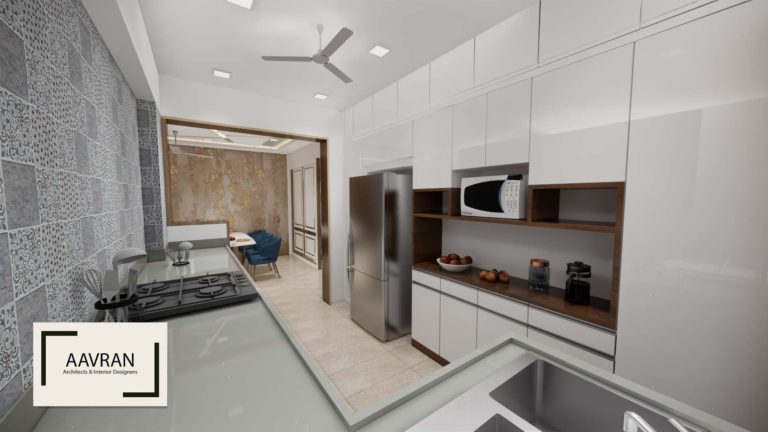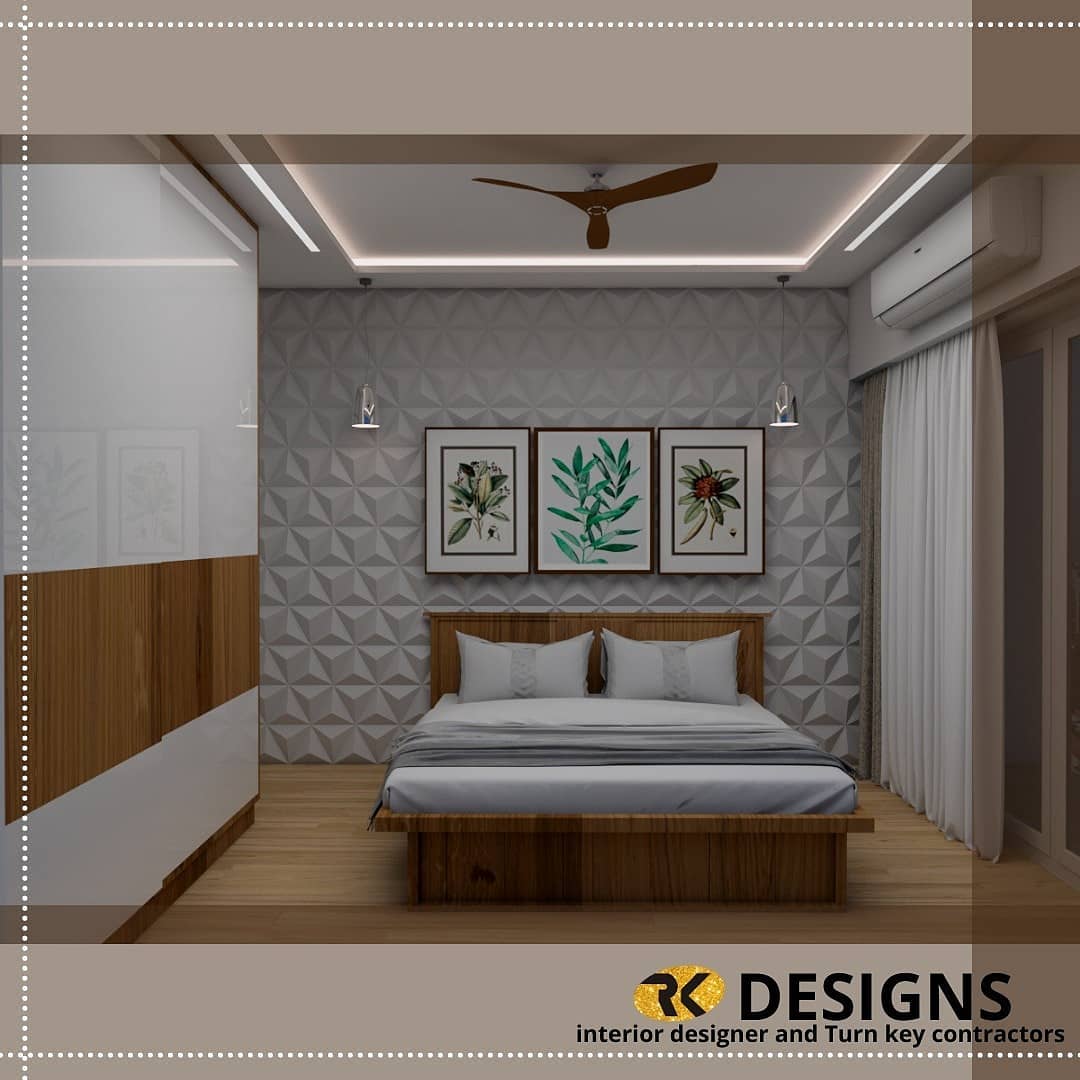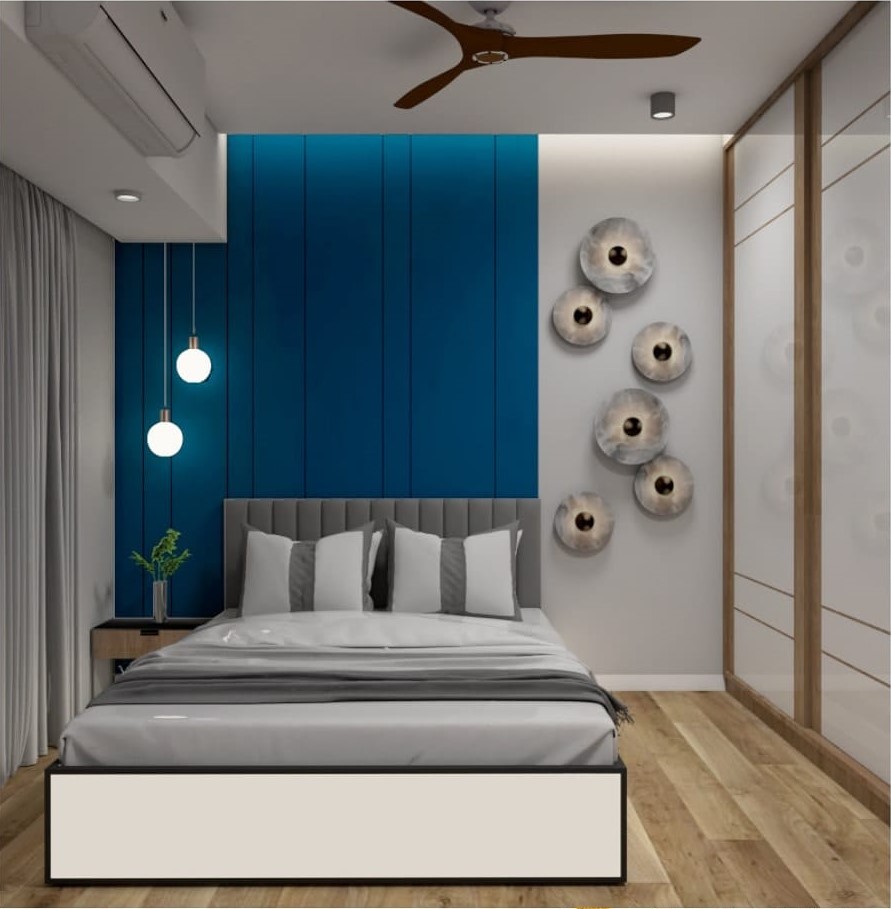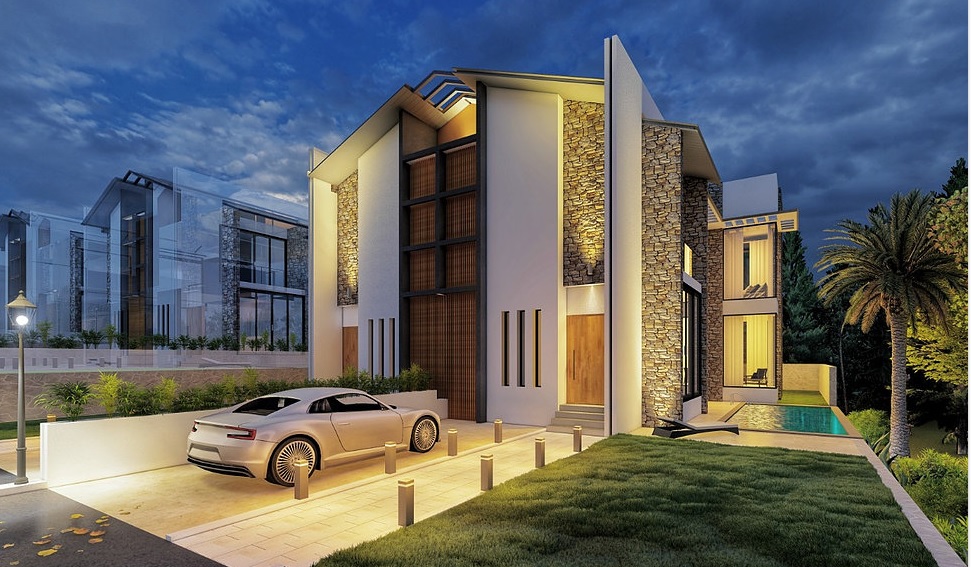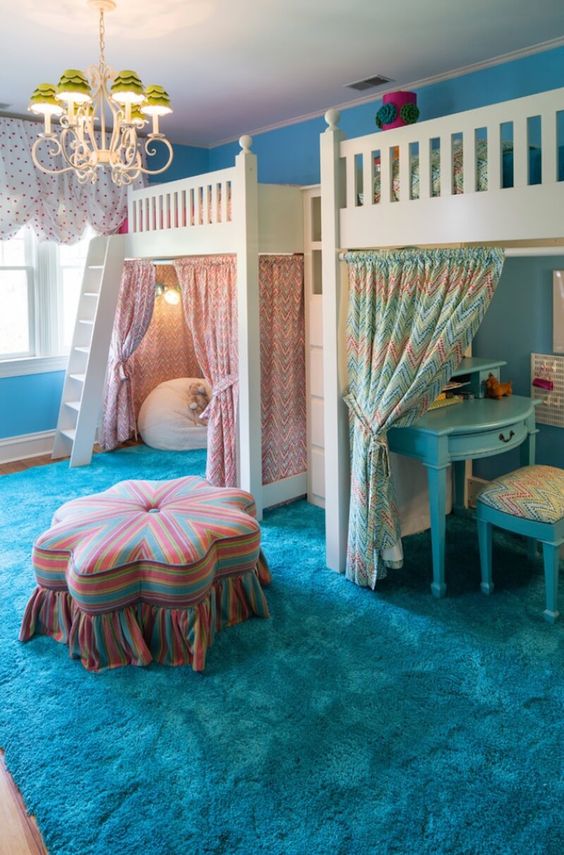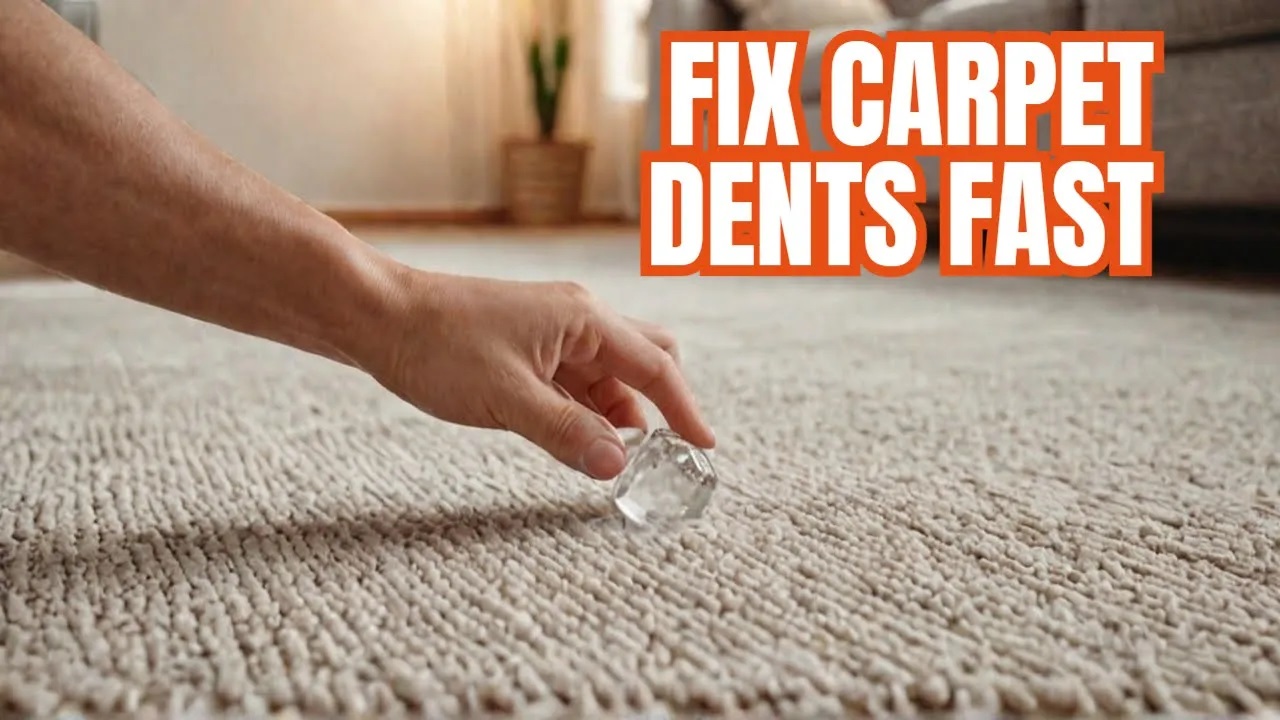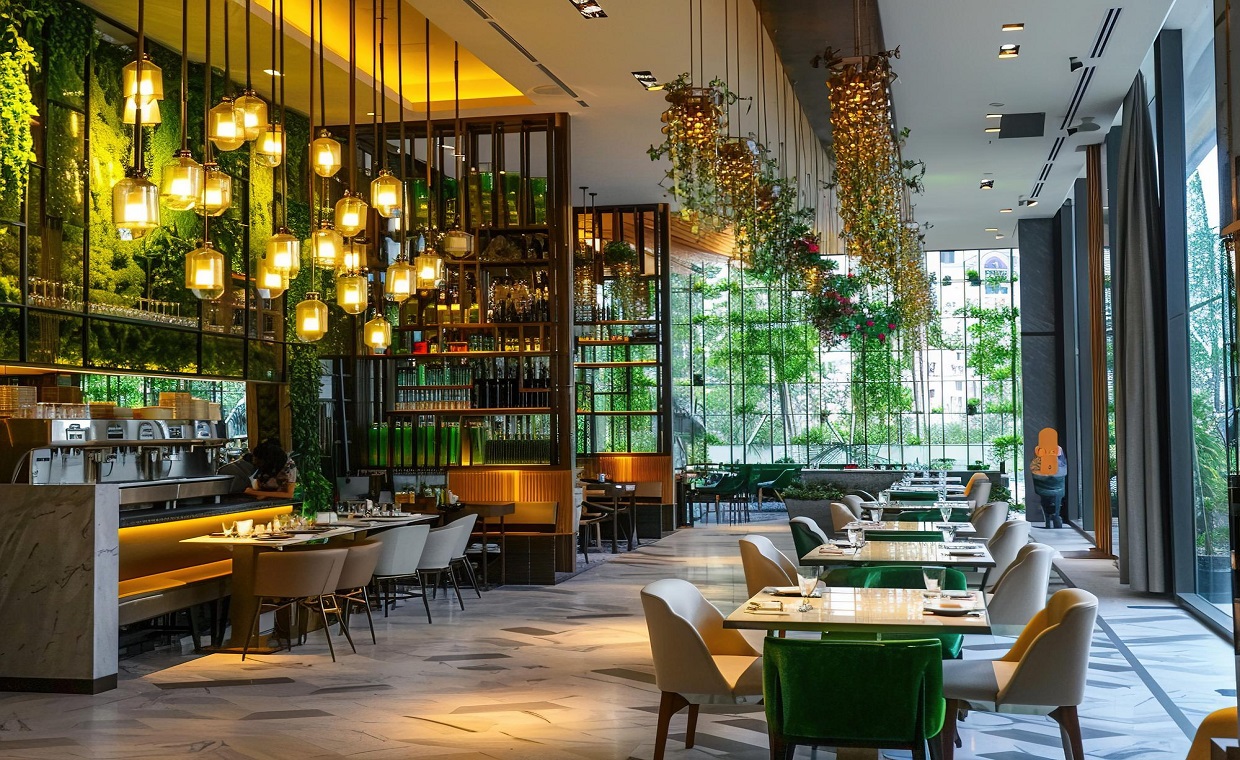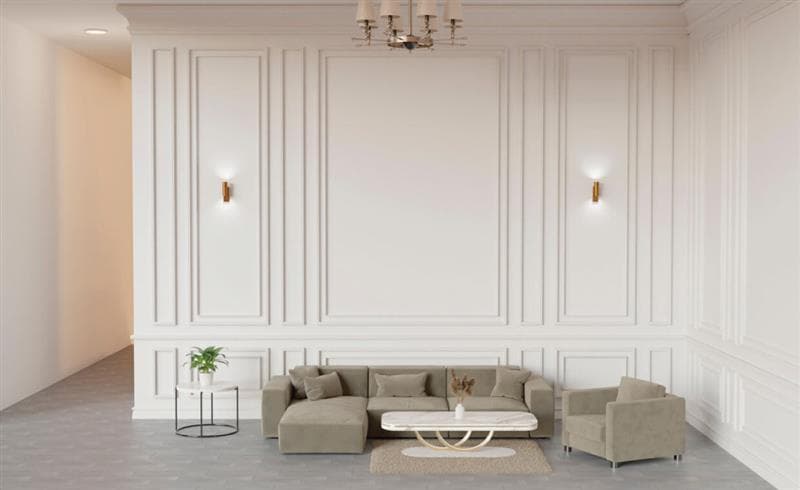
Table of Contents
When it comes to interior design the little things are frequently make the biggest difference. Paint colors, furniture, and great building features tend to get all the attention. But small details like skirting boards and architraves are just as important for giving a room its nature and a polished, put together look. When you put these trim pieces around your floors, walls, and doors, they visually connect the whole room.
The architrave and skirting boards give your house a professional and visually beautiful aspect.
Design Tips for Matching Skirting Boards and Architraves
1. The Role of These Architectural Details

Skirting boards, which run along the bottom of walls, look nice and are useful at the same time. However, architraves frame windows and doors hiding the closure between the wall and the frame and providing a beautiful touch. They all together make up the architectural cut that provides a room its structure and finish. From classic elegance to contemporary simplicity, their design, proportion, and finish have a major impact on the whole condition of a place.
2. Matching Profiles and Styles

Matching the profiles of your skirting boards and architraves is one of the simplest methods to achieve a uniform look. Many manufacturers have matching designs with comparable curves, steps, or angles. Regularly found in skirting and architrave choices, popular profiles such as ogee, torus, or stepped forms guarantee a smooth transition across the space and from floor to doorframe. Although a perfect match in every detail is not always required, selecting profiles that share a similar design language will help to create an even appearance.
3. Considering Proportion And Scale

It is very important to think about how big your skirting boards and architraves are in connection to the room’s size and ceiling height. Taller skirting boards can add to a sense of power and fit well in high ceiling areas, so boosting an impression of durability and tradition. However, shorter, slimmer skirting boards may be suitable for rooms with normal ceiling heights or a modern style. The architrave’s width and importance should also match the door or window it frames and the general size of the room’s size. These proportions help to guarantee that the trim components fit effectively in the area, therefore enhancing the visual alignment of the room.
4. The Impact of Material and Finish

Design also depends on skirting boards and architraves’ material and polish. Traditional solid wood is durable and timeless whether stained or painted. MDF is cheaper and more durable, especially for painting, due to its smooth surface. The trim’s visual weight and interaction with the walls and floor will depend on the finish high gloss for a traditional, easy-to-clean surface or matte for a more modern look. Material and finish of skirting and architravemust match for a seamless effect.
5. Color Co-ordination

The color of your skirting boards and architraves may transform a room. They can be painted the same color as your walls for a stylish, smooth design that makes the room feel larger and carefully highlights architectural lines. In contrast, painting them white against colored walls highlights the trim and gives the space a clean, classical look. You can also match the trim color to door or window frames for a unified look.
Seeking Professional Advice
Referring an interior designer can help you choose on the best options for your space or exciting projects. An expert may estimate your room’s architecture, style, and skirting board and architrave profiles, materials, and finishes to create a gorgeous, integrated look. They can guide you through the many possibilities and prevent costly blunders to ensure your architectural trim improves your home’s style.






